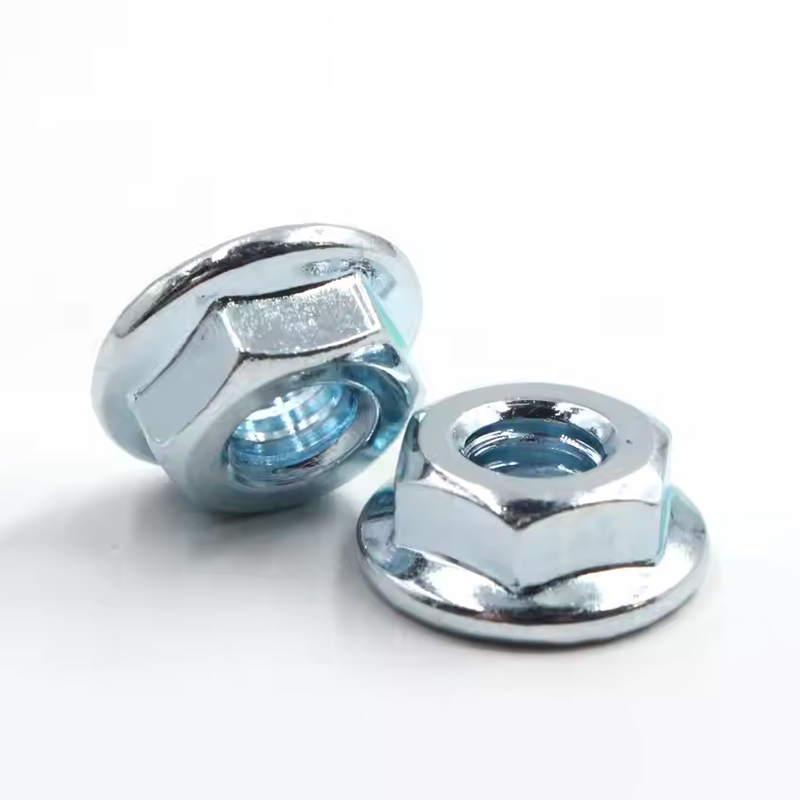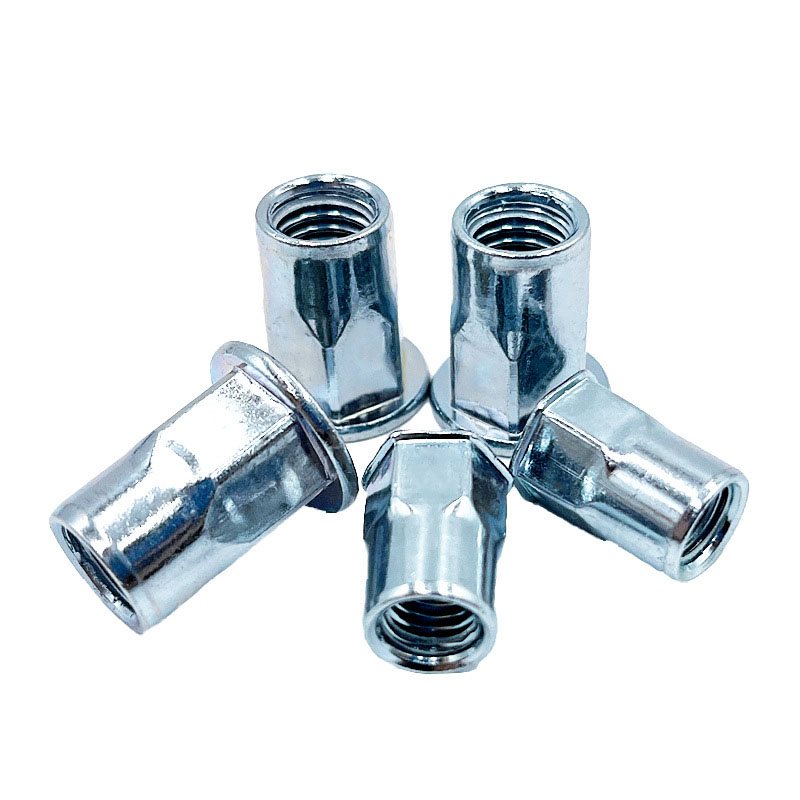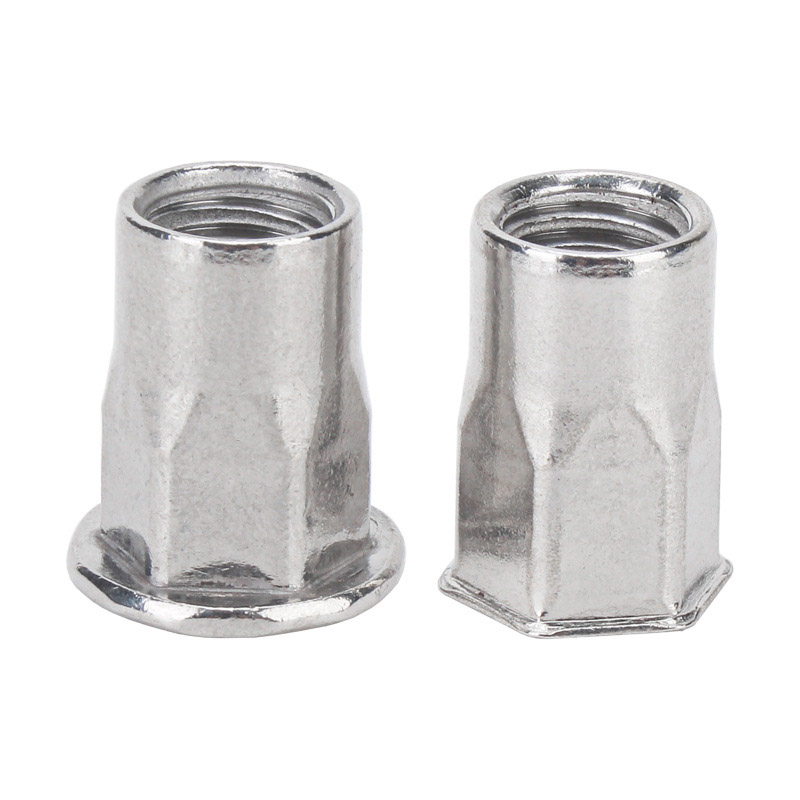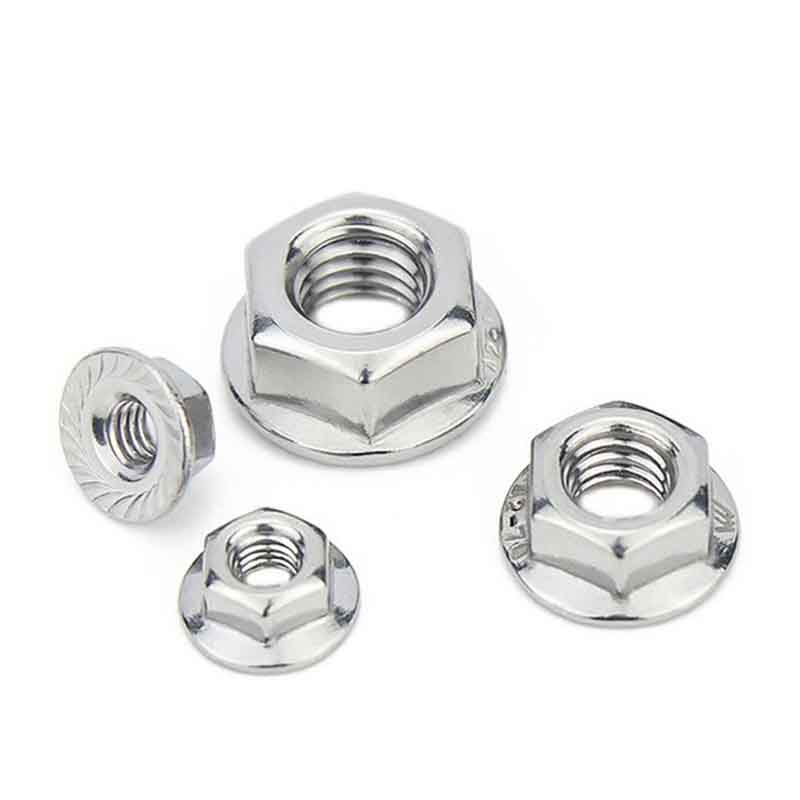Zinc Plated Hexagon Flange Nut
Send Inquiry
Zinc plated hexagon flange nut is the surface of the flange nut is galvanized to form a layer of dense zinc layer, this layer of zinc can effectively prevent the nut in the humid, corrosive environment of the rust and look beautiful, has a high value of ornamental and use.
Differences from ordinary nuts
Structural design
Zinc plated hexagon flange nuts have a flange at the bottom, and there are usually several flanges on the flange for fixing and sealing, which increase the contact area with the connecting surface.
Ordinary nuts are usually hexagonal, without flange, relatively simple structure, relying on threads and bolts to achieve fastening.
Fastening performance
The flange design enables the zinc plated hexagon flange nut to providing a more uniform pressure distribution during fastening, reducing the stress concentration of the connected parts and enhancing the stability of the connection.
Ordinary nuts rely on the friction and preload of the threads to maintain the connection during fastening. Although they can also provide a certain degree of fastening effect,they may be more susceptible to loosening in some high-vibration and high-impact environments.
Sealing Performance
Some zinc plated hexagon flange nuts come with caps, which can effectively prevent rain, moisture, dust and other harmful substances from intruding into the interior of the nut, further preventing the nut from rusting and enhancing its sealing and service life.
Ordinary nuts usually do not have a sealing function, for some of the higher sealing requirements of the connection, you need to add additional sealing washers and other accessories to achieve the sealing effect.
Advantages
The flange at the bottom of the zinc plated hexagon flange nut has teeth on its surface. These teeth can increase the friction with the surface of the connected parts when tightening, effectively preventing the nut from loosening, and are commonly used in vibration environments or occasions that require stable connections, such as the fixing of automotive parts.
Zinc plated hexagon flange nut is hexagonal with a smooth flange at the bottom. Smooth flange can increase the contact area with the connected parts, so that the pressure distribution is more uniform, reduce the pressure on the surface of the connected parts, to prevent pressure damage to the surface, suitable for some of the surface quality requirements of the connection of high quality scenarios, such as electronic equipment, precision machinery assembly and so on.

Maintenance
Lubrication and rust prevention: Zinc plated hexagon flange nut should apply appropriate amount of suitable lubricant at the threads, such as butter which can reduce the friction resistance when tightening and disassembling, and at the same time, play a certain role in preventing rust; according to the use of environment, choose to apply anti-rust oil, install anti-rust cap, or zinc plating, nickel-plating and other surface treatments, so as to prevent the failure of the nut due to rust and corrosion.
Regular re-tightening: In view of the fact that the nuts may gradually loosen during the operation of the equipment, the zinc plated hexagon flange nuts of the key parts should be formulated and implemented on a regular re-tightening program to ensure that they are always in a good state of fastening.
Standardized operation:When installing and disassembling,using tools that match the specifications of the nuts to avoid slipping or damaging the threads; follow the correct tightening sequence, such as cross-tightening principle when multiple nuts are tightened at the same time, tighten diagonally first and then tighten evenly step by step; operate in strict accordance with the manufacturer's recommended tightening torque to prevent over-tightening resulting in damage to the zinc plated hexagon flange nuts or connectors or loosening caused by excessive loosening.















